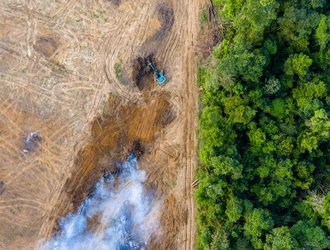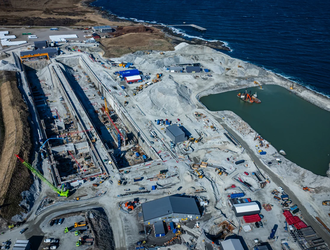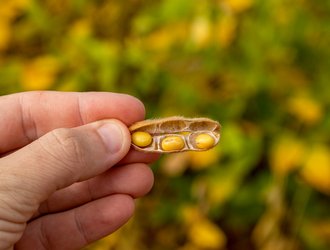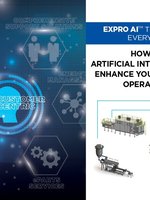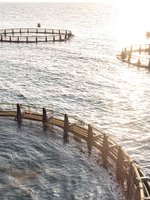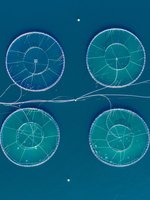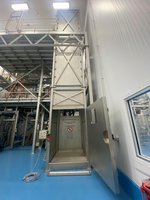Headline news
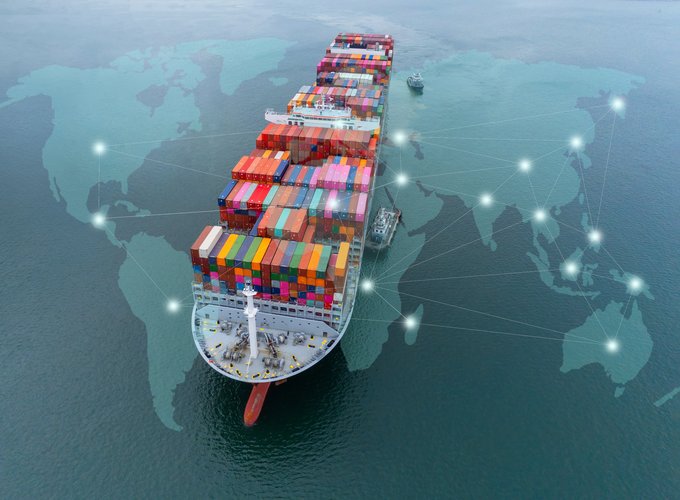
EU imposes definitive anti-dumping duties on Chinese lysine imports
The definitive dumping margins vary between 47.7% and 58.3% depending on the companies.
New Zealand government invests in smarter aquafeed to power king salmon industry
The New Zealand government is investing $455,000 in a Skretting-led project to develop specialized feed for King salmon, aiming to boost sustainable aquaculture, reduce production costs, and grow high-value seafood exports.
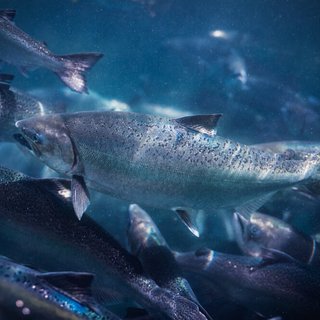
New metric on certified feed ingredients features in GSI's 12th Sustainability Report
The 2024 Sustainability Report documents how GSI’s unique change model is driving measurable environmental progress across member companies and contributing to healthy and sustainable food systems around the world.
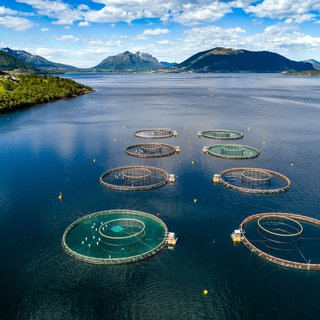
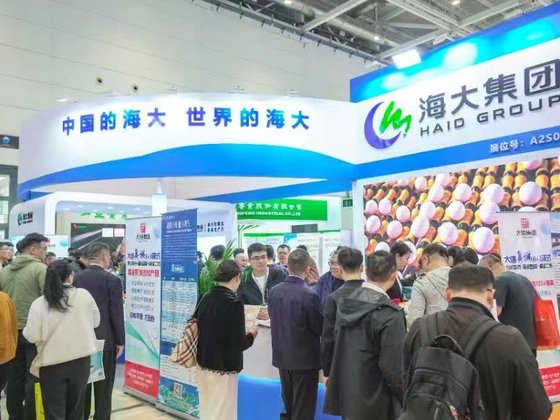
Haid Group reports outstanding performance in the first half of 2025
Business performance was primarily driven by the expansion of its core feed business both domestically and internationally.
Corbion secures regulatory approvals to launch algae-based omega-3 DHA in China
Corbion has secured regulatory approvals in China to launch its algae-based omega-3 DHA solutions for both human and animal nutrition markets.
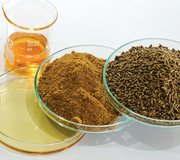
BioMar raises vitamin D in all salmon diets
Research findings showed enhanced fish health benefits while increasing the nutritional value of farmed salmon for consumers.
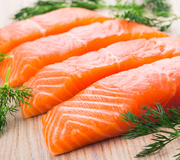
EFSA backs vitamin D3 metabolite for use across terrestrial and aquatic animals
The confirmation extends the safety and efficacy beyond poultry, swine, and ruminants to the entire spectrum of terrestrial and aquatic animals.
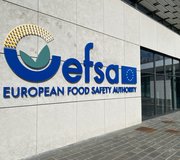
Reports
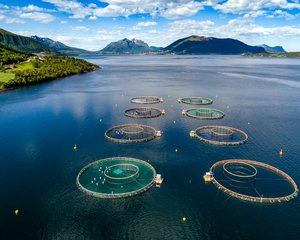
New metric on certified feed ingredients features in GSI's 12th Sustainability Report
Report urges stronger industry support for fisheries improvements
Investments in aquaculture could create more than 20 million jobs by 2050
European soy report highlights progress and challenges in transition to deforestation-free supply chains
Event News
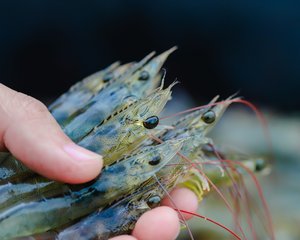
TCRS Shrimp Summit highlights industry progress and promise, despite tariff uncertainty
LACQUA 2025 unveils program details
From innovation to impact: Bühler gathers global leaders to scale sustainable solutions
USSEC advances aquafeed formulation in Southeast Asia
Commodity News
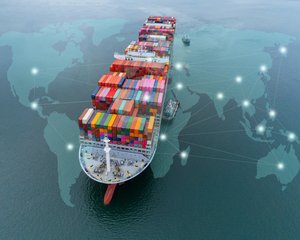
EU imposes definitive anti-dumping duties on Chinese lysine imports
EU authorizes use of a GM soybean in animal feeds
Peru’s first fishing season in the North Center is on track
US producers file case against imports of lysine from China
Featured Video
Customized Fish Feed for Bluefin Tuna and Hamachi
To meet global demand for Bluefin tuna while protecting the species, many seafood processors rely on fish farms. The major challenge lies in the fish feed. Together with Japanese company Nissui, Bühler has developed a tuna feed enabling sustainable, economic farming.
 More info about this video
More info about this video
Downstream news
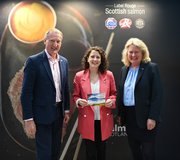
£100,000 campaign to grow exports of premium Scottish salmon
A new £100,000 campaign backed by the Scottish Government will help boost sales of Label Rouge Scottish salmon in France and other key European markets.
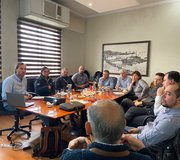
Yelcho Alliance launches first experimental trial to combat SRS in chilean salmon farming
The Yelcho Alliance will begin an experimental trial on August 1st to evaluate seven vaccination proposals aimed at preventing piscirickettsiosis in Chilean salmon farming, a disease that is emerging as a global challenge.
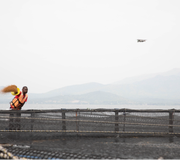
Victory Farms joins improver program by ASC
Victory Farms has made history by becoming the first tilapia farm in Kenya nd across Africa to participate in an Aquaculture Improvement Project by ASC.
Chile shows progress in combating sea lice in salmon farming
Results from the sea lice monitoring program show variations in antiparasitic susceptibility profiles across compounds and geographic areas.
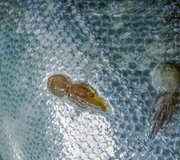
Shrimpl secures investment to digitize and de-risk aquaculture in India and beyond
This funding will further Shrimpl’s scientific innovation, ensuring that farmers, feed mills, equipment providers, lenders, and insurers have the data-driven insights.
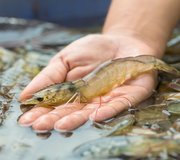
Scottish salmon exporters prepare major drive for Indian market
Producers are exploring new opportunities following an agreement on a free trade deal that will slash tariffs on exports to the sub-continent.
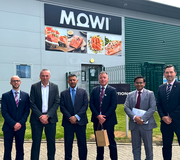
Editor’s Picks
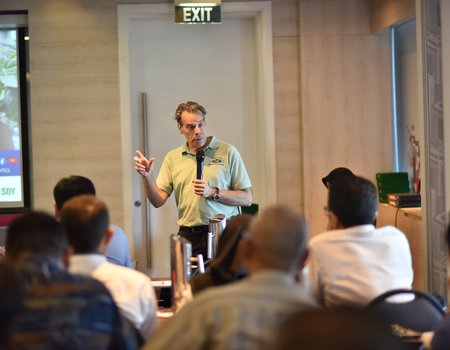
Feeding for the future: Science-driven functional feeds in aquaculture
At the 2025 Indonesian Aquafeed Conference, Dominique Bureau emphasized that evidence-based functional nutrition can be a key tool to improve fish health, production efficiency, and farm profitability in aquaculture.
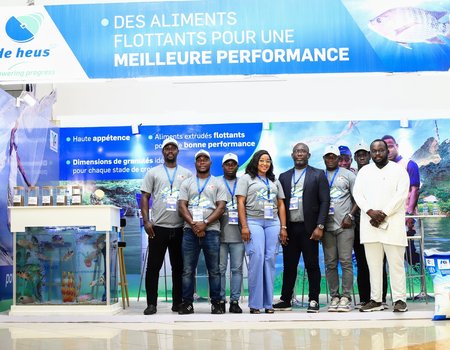
West Africa feed update: A new era for growth
Faced with a widening gap between fish supply and demand, and a heavy reliance on imports, nations like Côte d'Ivoire, Ghana, and Nigeria are implementing strategic programs to bolster their domestic aquaculture industries.
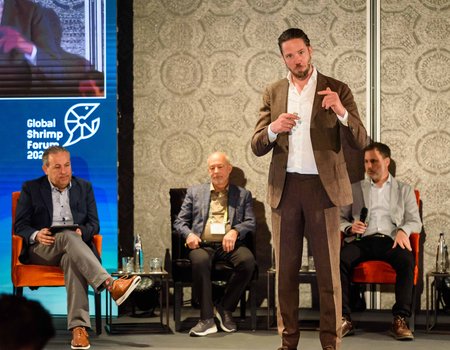
Global Shrimp Forum 2025: Navigating tariffs, sustainability and the future
The Global Shrimp Forum 2025 in Utrecht will address the impact of U.S. tariffs on global shrimp trade, China's consumption capacity, and diverse industry topics like traceability, animal welfare, and byproduct utilization.
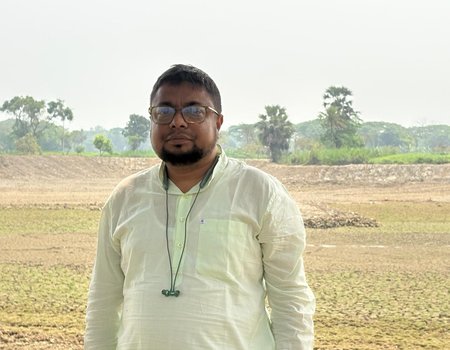
Bangladesh aquafeed sector: Feed innovation and industry expansion
Bangladesh is seeing its aquaculture sector rapidly expand to meet increasing demand for fish, with aquafeed production evolving to use more advanced methods and ingredients, despite facing challenges in energy supply, skilled labor, and investment access.
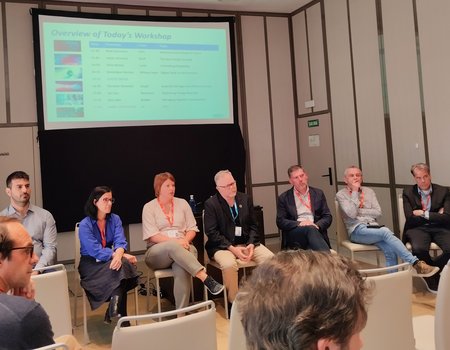
Precision nutrition in aquaculture: Unlocking growth through smarter feeding strategies
Precision nutrition in aquaculture, tailoring nutrient delivery to species-specific needs using advanced models, ingredient insights, and digital tools, offers a path to improved growth, feed efficiency, and sustainability, as emphasized at IFFO’s 2025 Members’ Meeting.
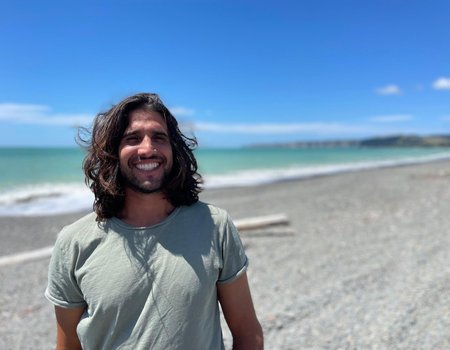
The evolving science of aquafeed: Insights from CSIRO's Artur Rombenso
In this interview, Artur Rombenso, senior research scientist at CSIRO, explores the future of aquaculture nutrition, emphasizing the shift toward precision feeding, sustainable ingredient sourcing, and integrated innovation to overcome industry challenges and enhance global food security.
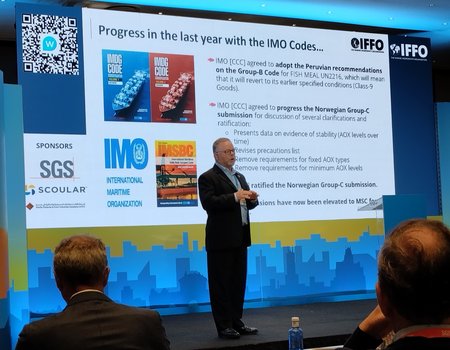
IFFO Members' Meeting: New rules simplify fishmeal transport
At the IFFO 2025 Members’ Meeting, Brett Glencross outlined key regulatory updates on fishmeal shipping and antioxidant use, and detailed efforts to improve contaminant testing in marine oils to ensure global safety and compliance standards.
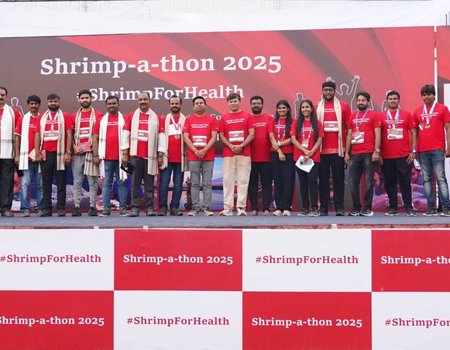
Shrimp, soy, and strategy: Skretting’s vision for a resilient Indian aquaculture market
Despite potential export market challenges and raw material concerns, Skretting India is focusing on boosting domestic shrimp consumption through initiatives like Shrimp-a-Thon and promoting technology adoption to address health issues in the growing Indian aquaculture sector.
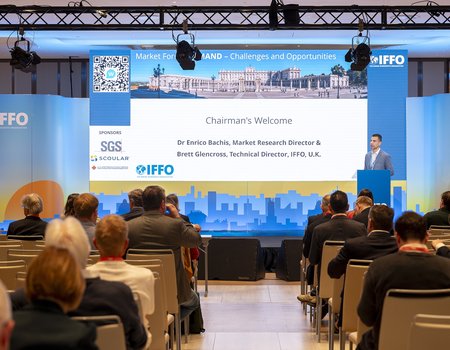
IFFO Members' Meeting: Industry recovers from El Niño, charts future with byproducts and diversification
IFFO’s 2025 Members’ Meeting highlighted the marine ingredients industry’s recovery from El Niño, ongoing consolidation, and a growing shift toward byproducts, diversified sourcing, and sustainable innovation to meet rising global demand across aquafeed, pet food, and human nutrition.
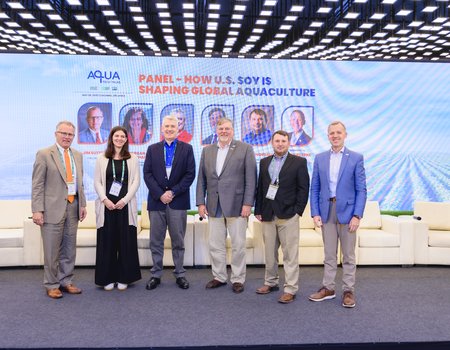
South Asia: A growing opportunity for U.S. Soy in aquaculture
South Asia's booming livestock and aquaculture sectors are driving a surge in demand for high-quality animal feed, creating significant growth opportunities for U.S. Soy, which is leveraging its nutritional quality, sustainability credentials, and industry partnerships to support the region's feed efficiency, resilience, and aquaculture innovation.

Haid Group reports outstanding performance in the first half of 2025
Corbion secures regulatory approvals to launch algae-based omega-3 DHA in China
Shrimpl secures investment to digitize and de-risk aquaculture in India and beyond
Scottish salmon exporters prepare major drive for Indian market
U.S. announces 20% tariff on Vietnamese exports, softening earlier threats

EU imposes definitive anti-dumping duties on Chinese lysine imports
UK food companies urge Brazil to uphold Amazon Soy Moratorium amid new threats
Skretting and Andfjord’s journey to advance closed aquaculture systems
EFSA backs vitamin D3 metabolite for use across terrestrial and aquatic animals
Scottish salmon exporters prepare major drive for Indian market

U.S. imposes higher antidumping duties on Vietnamese shrimp exporters
Canada funds $7.2 million microbial protein aquafeed project
AFIA secures USDA funding to advance US animal feed exports in emerging markets
US producers file case against imports of lysine from China
FDA approves broad-spectrum antibiotic for aquaculture

Yelcho Alliance launches first experimental trial to combat SRS in chilean salmon farming
Chile shows progress in combating sea lice in salmon farming
Mexico launches global center for applied aquaculture innovation
Vitapro receives award for operational logistics excellence
INVE Aquaculture opens warehouse in Ecuador

Victory Farms joins improver program by ASC
De Heus opens three feed mills in Uganda, India and Kenya
ASC to strengthen Ghana’s farmed seafood sector
Insect meal as aquafeed in Africa: It’s a matter of scale
Egypt, Spain sign aquaculture cooperation agreement to boost food security

New Zealand government invests in smarter aquafeed to power king salmon industry
New Zealand salmon exports soar past $200 million in 2024
New Zealand’s farmer becomes first in adopting BioMar’s sustainable feed in king salmon
Dinnissen opens new branch in New Zealand
Covantis expands into new markets and commodities
New Products


